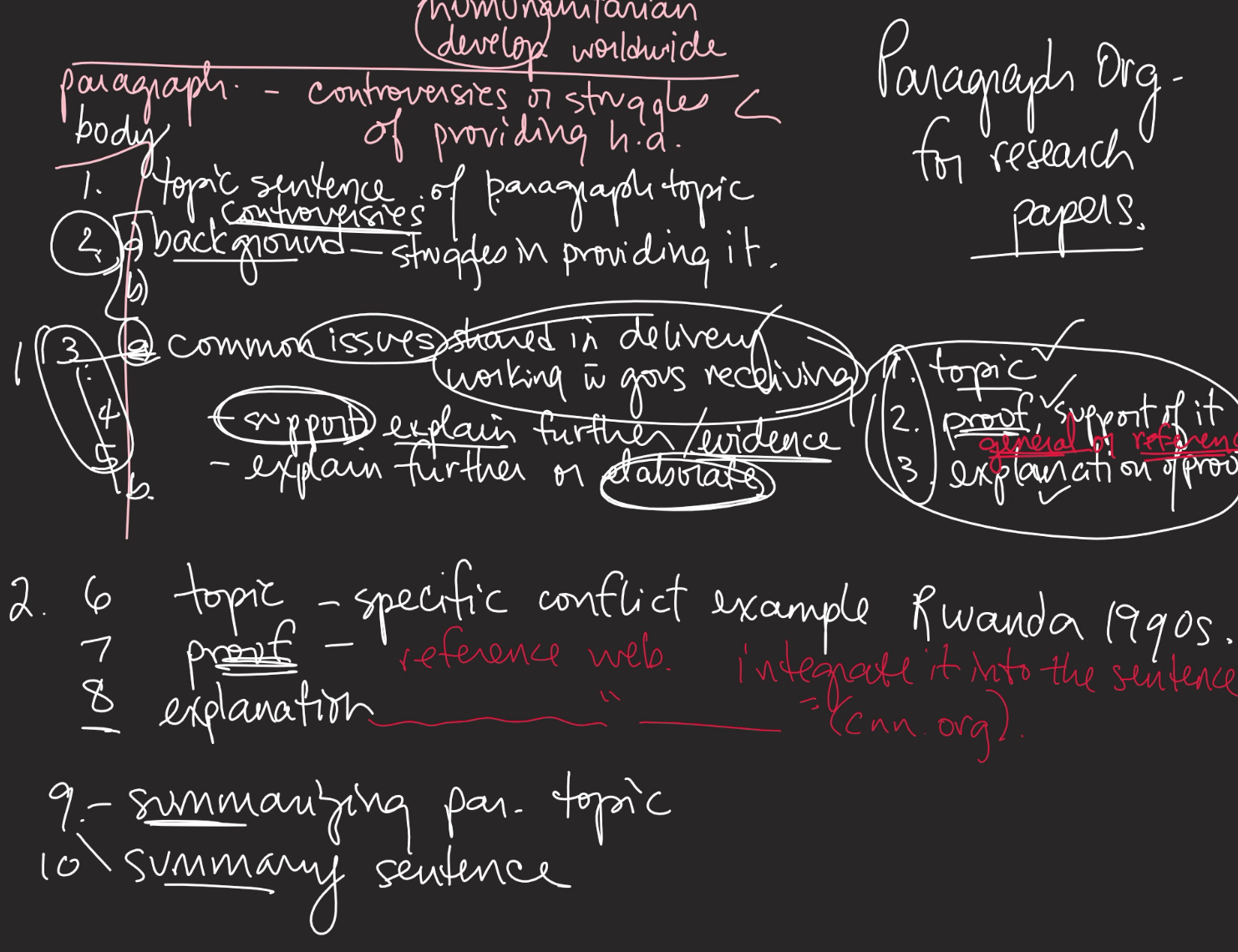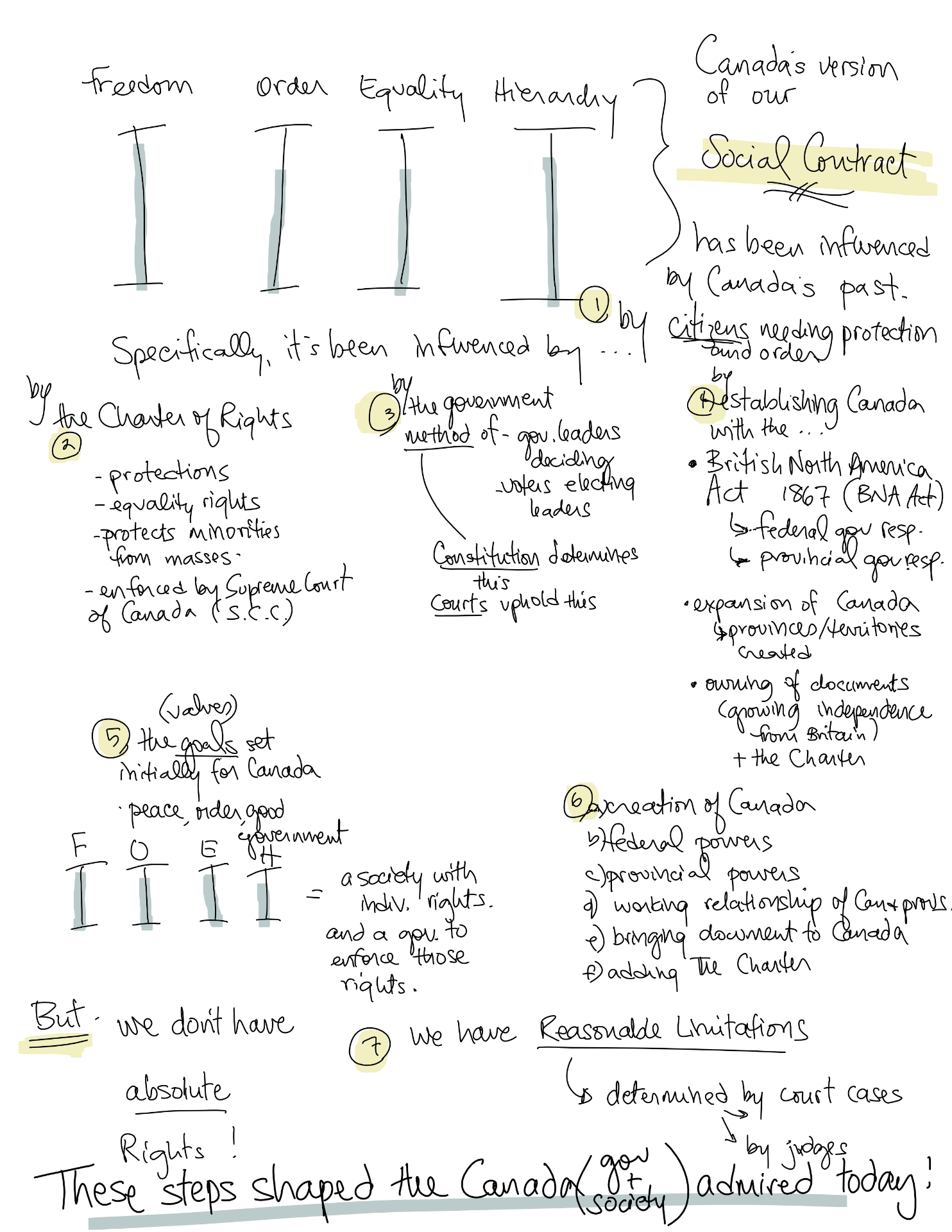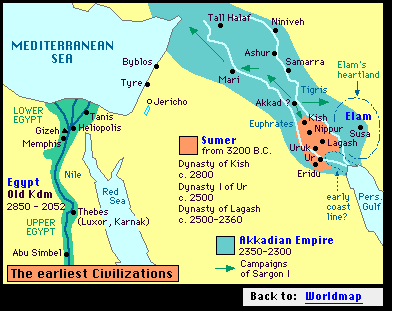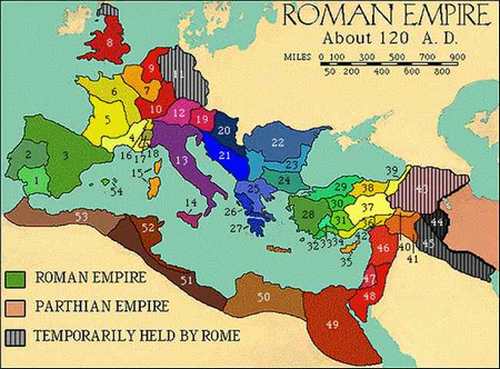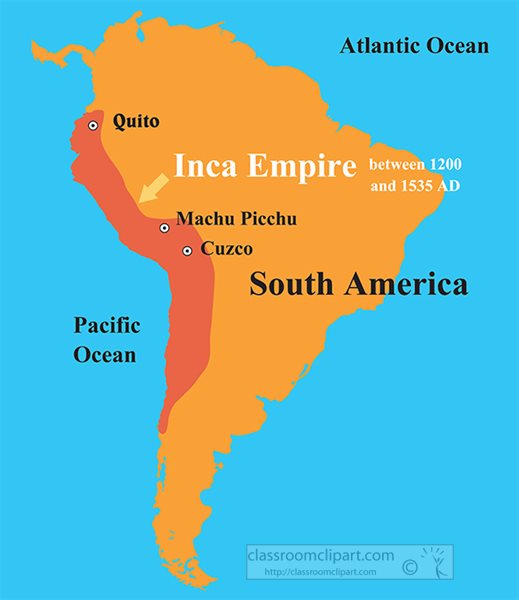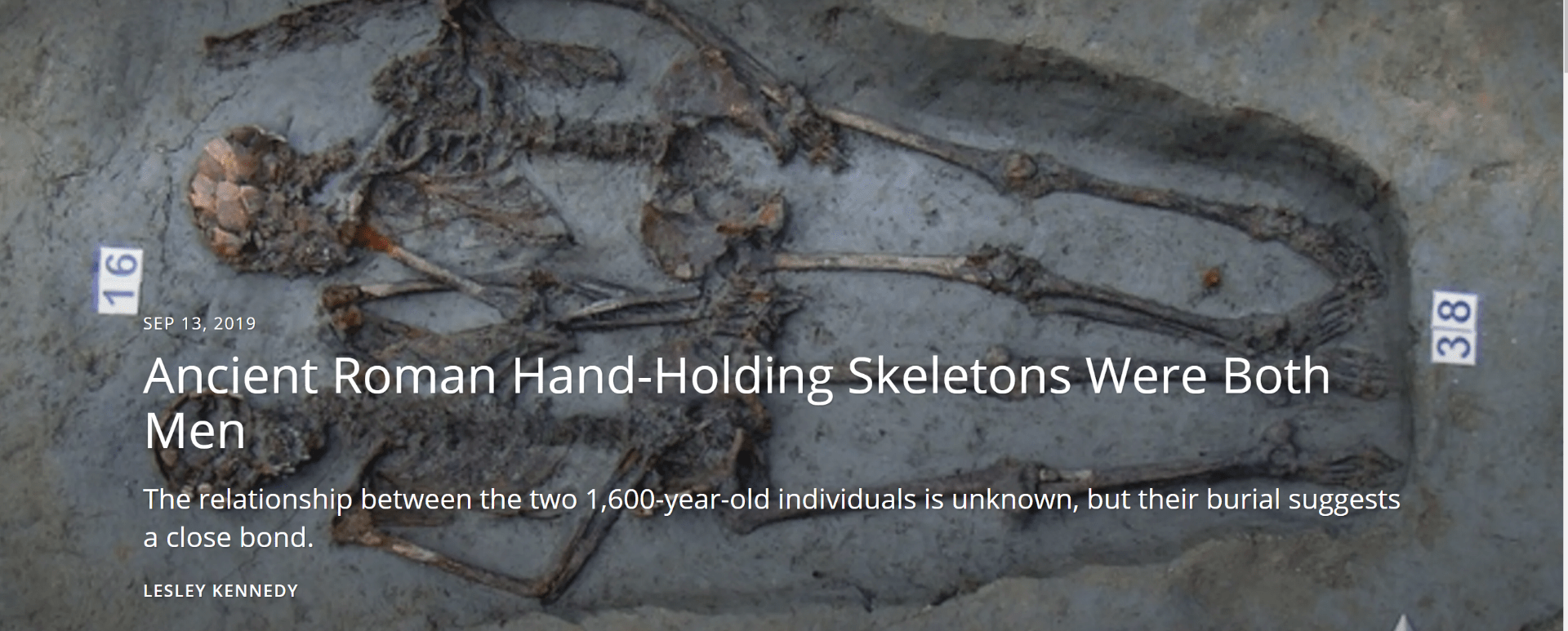1.3.1 Activity: Organizing Notes for Comprehension
You’ve recently viewed the film Canada: The Story of Us relaying information about New France and the conflicts between European forces vying for power over that territory.

Here is a handout with typed out notes from the film’s information.
1.3 Canada – a Story of Us – video notes 2019
One skill that is worth practicing and developing is a familiarity with taking information compiled and developing an order to the information or categorizing it. This skill, for example, is especially helpful in being able to organize and sort supporting information in essay writing, like research reports or project summaries.
Your assignment and task is to sort the information provided and Format it (Organize It) in a manner that makes it easier to recognize some of the following:
- the main ideas within the film
- the supporting ideas that fall within each main idea
- the sequence of big events that happened moving towards Britain’s take over of the New France territory
- summarizing groupings of events together into simple steps – to break down the events for easier memory
There are organization styles to become familiar with, including the Five Notetaking Methods at this website. For the purposes of this assignment, select one of the methods listed in bold below to use in formating your copy of the Video Notes.
The Cornell Notetaking Method- The Mapping Notetaking Method
- The Outlining Notetaking Method
- The Chartering Notetaking Method
The Sentence Notetaking Method
Instructions:
- For this assignment, choose one of the three notetaking styles and organize/format the video notes in the above Word Document and submit.
- Take care to identify the main ideas/events to help break down the video information into pieces and the supporting ideas.
- You may choose to write summaries after each section – a brief review of the main idea.
- Each assignment will be formatted uniquely – your method of organizing may be slightly different than others’. Do your best to make sense of the video information, though.
- Submit with your name in the File name.
